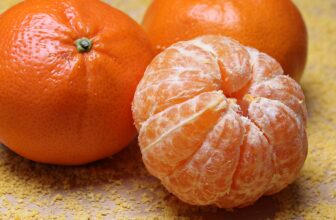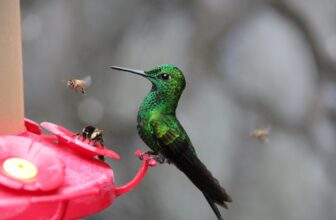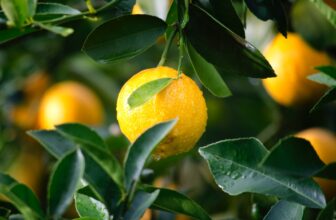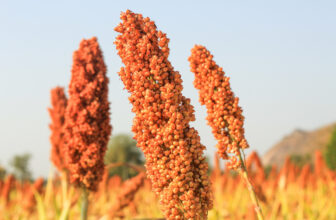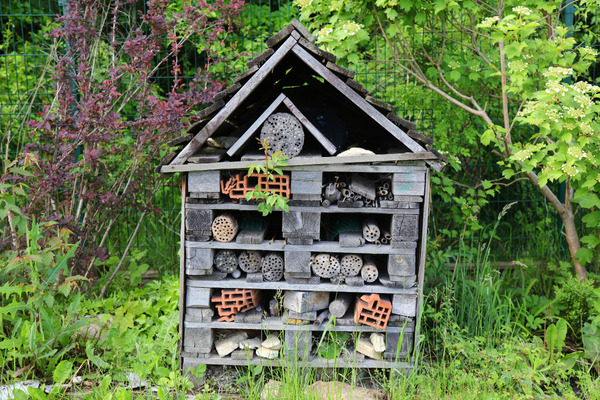
Table of Contents
Did you know that one-third of the food we eat relies on pollinators like bees, butterflies, and birds? From fruits to vegetables, many plants depend on these creatures to thrive. Yet, pollinator populations are declining due to habitat loss and pesticide use. But here’s the good news—your backyard can become a safe haven for these essential species! By creating a pollinator-friendly garden, you’ll not only help support these important creatures but also enjoy a flourishing, vibrant garden.
Here’s how you can make it happen!
Why Your Garden Needs Pollinators
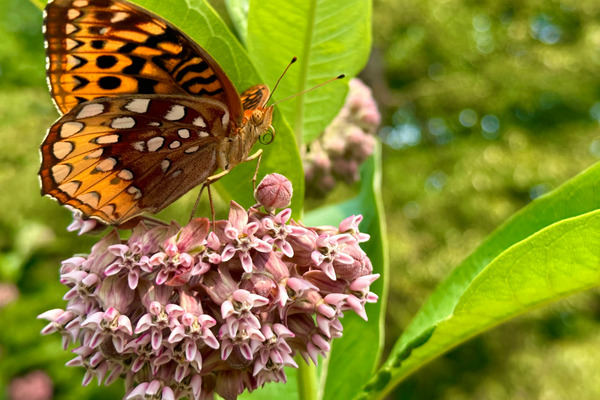
Did you know that one-third of the food we eat relies on pollinators like bees, butterflies, and birds? From fruits to vegetables, many plants depend on these creatures to thrive. Yet, pollinator populations are declining due to habitat loss and pesticide use.
But here’s the good news—your backyard can become a safe haven for these essential species! By creating a pollinator-friendly garden, you’ll not only help support these important creatures but also enjoy a flourishing, vibrant garden. Here’s how you can make it happen.
1. Planning a Pollinator Garden
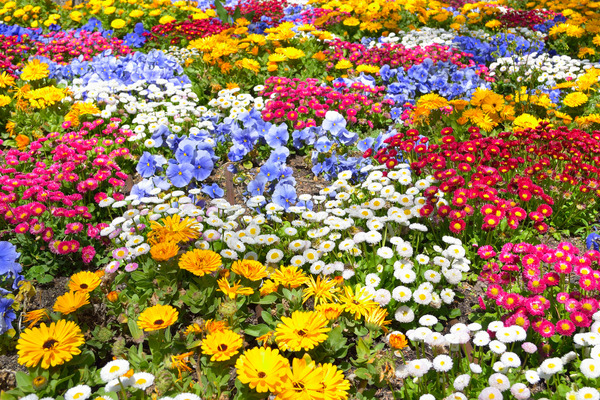
When planning your garden, think about it from a pollinator’s point of view. What do they need? Space for shelter, food sources, and a safe place to rest. The key to success is diversity. Include plants of varying heights—like trees, shrubs, and flowers—to create a layered effect that provides food and shelter for birds, bees, and butterflies alike.
Pro tip: Grouping plants by color will help attract butterflies and bees. They love large clusters of vibrant, similar-hued flowers!
2. Best Plants for Pollinators: Top Plants to Keep Bees, Butterflies, and Birds Fed
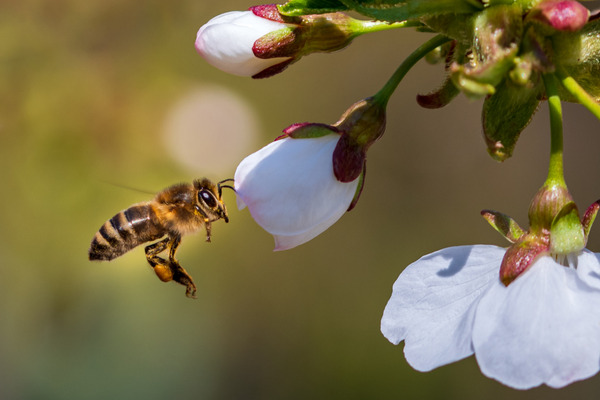
Choosing the right plants is critical for attracting pollinators. Native plants are the best because they’re well-adapted to your region and provide the perfect nectar, pollen, and seeds for local wildlife.
- For Bees: Look for flowers that are rich in nectar and pollen, such as lavender, sunflowers, and wildflowers. Bees are particularly drawn to blue, purple, and yellow flowers.
- For Butterflies: Butterflies need both nectar plants for adults and host plants where they can lay eggs. Milkweed is a favorite for Monarchs, while zinnias and butterfly bushes will have them fluttering in your garden.
- For Birds: Birds benefit from plants that offer seeds and berries. Try elderberries, serviceberries, and viburnum. These not only provide food but also create natural shelter and nesting spots.
Plant a variety of species that bloom at different times throughout the year to ensure food is available during every season.
3. Provide Water, Shelter, and Nesting Area
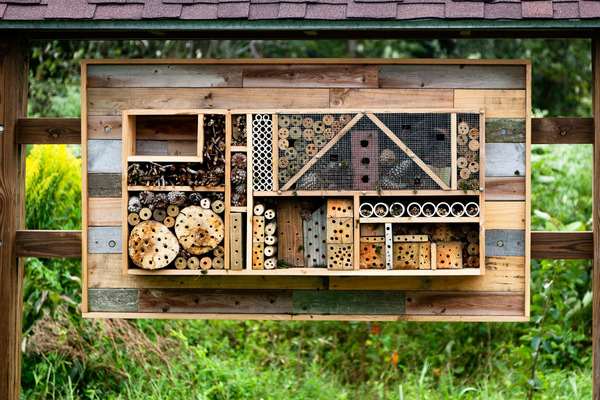
Flowers aren’t the only thing pollinators need. Bees, butterflies, and birds also require safe spaces for drinking, resting, and nesting.
- Water: For bees and butterflies, place shallow dishes filled with water and a few rocks for them to perch on while drinking. Birdbaths are perfect for birds and can be made even more attractive with a small drip feature or fountain.
- Shelter: Birds appreciate trees, shrubs, and hedges where they can hide and nest. For bees, especially solitary species, consider installing a bee hotel. Butterflies, on the other hand, need undisturbed areas like brush piles or small patches of untended grass where they can form chrysalises and safely emerge as adults.
4. Attract Birds to Your Pollinator Garden
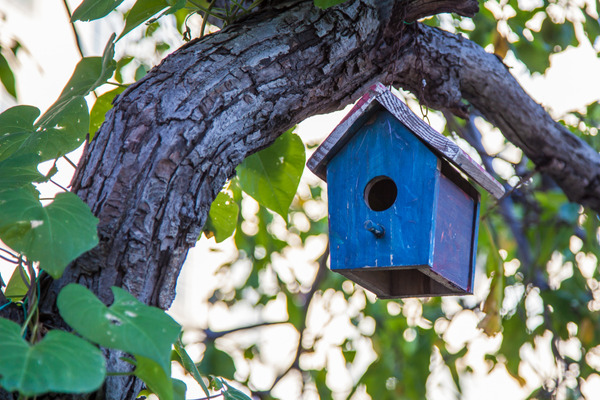
Attracting birds is as simple as offering the right combination of food, water, and shelter. Place bird feeders in your garden and stock them with seeds that attract local bird species. If hummingbirds are common in your area, set up nectar feeders to keep them coming back.
In addition to feeders, plant trees and shrubs that provide berries, seeds, and natural cover. Birds also love birdbaths, so make sure you have one in an easily accessible spot.
5. Go Pesticide-Free: Why Organic Gardens Attract More Pollinators
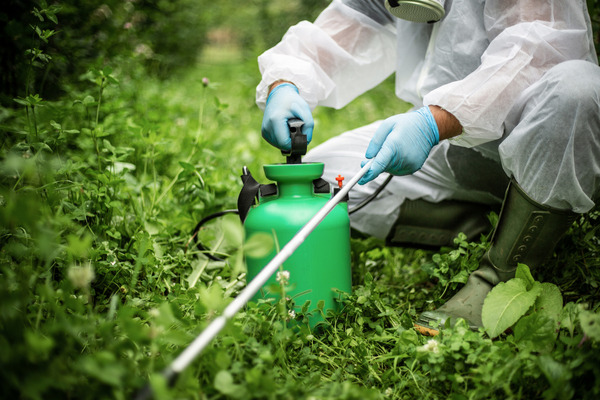
Pesticides and herbicides might control pests, but they also harm pollinators. Bees, butterflies, and birds are especially vulnerable to these chemicals. Instead of spraying your garden with toxic products, consider natural pest control solutions.
For example, companion planting can help keep pests at bay. Marigolds can repel aphids, while nasturtiums can deter unwanted insects. You can also introduce beneficial insects like ladybugs and predatory beetles to keep your garden balanced without harming pollinators.
6. Keep Your Garden Blooming Year-Round: Seasonal Tips
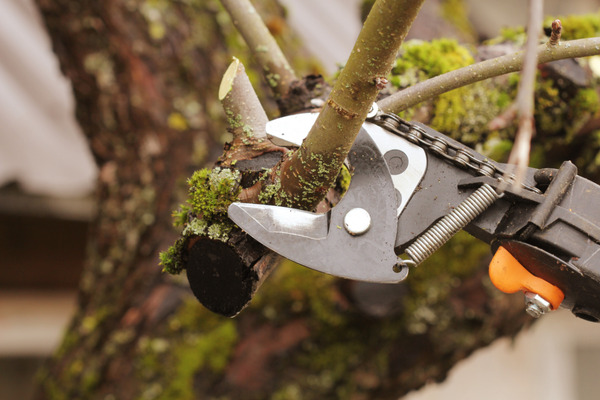
Pollinators need food all year long, so aim to keep your garden in bloom as much as possible. To do this, plant a mix of early, mid, and late-season bloomers. This will ensure that there’s always something flowering, even during the colder months.
Don’t forget about regular garden maintenance! Deadhead flowers to encourage more blooms, and prune your plants to keep them healthy. Water sources should also be cleaned and refilled regularly, especially during the hot summer months.
7. How Your Backyard Makes a Big Impact
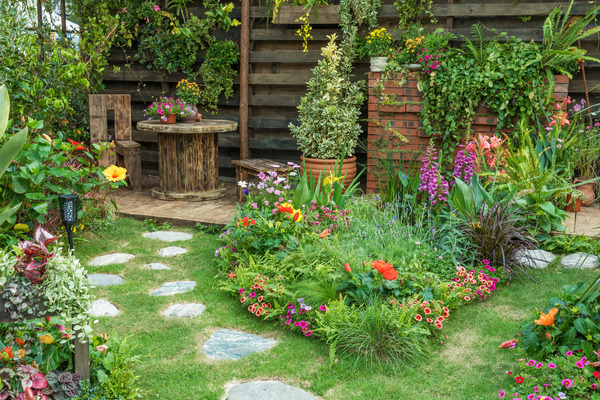
Your backyard might seem small, but it plays a big role in supporting local pollinators. By creating a haven for bees, butterflies, and birds, you’re helping to combat habitat loss and contributing to a healthier ecosystem.
If you want to go the extra mile, consider certifying your garden as a wildlife habitat through programs like the National Wildlife Federation’s Certified Wildlife Habitat initiative. This simple step can encourage others to create their own pollinator-friendly spaces. And don’t forget to share your gardening journey on social media to inspire others!
Wrapping Up
Creating a haven for bees, butterflies, and birds doesn’t have to be complicated. By planting the right species, offering water and shelter, and avoiding pesticides, you can make your garden a thriving space for pollinators. Not only will you enjoy a more vibrant garden, but you’ll also play a role in preserving these essential creatures.
So, are you ready to help pollinators? Start small—plant a few flowers, add a birdbath, and watch your backyard come to life!
Got your garden buzzing yet? Let us know your favorite pollinator plants in the comments below!


